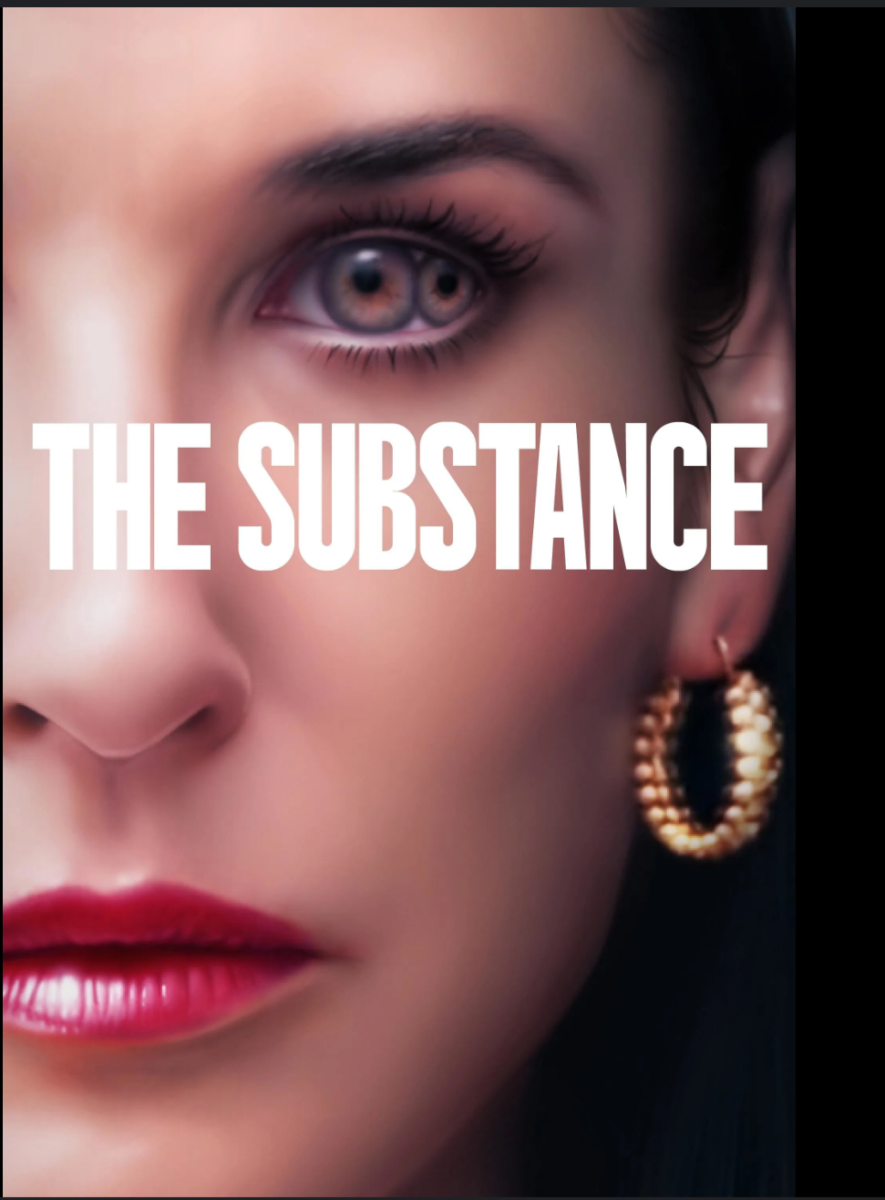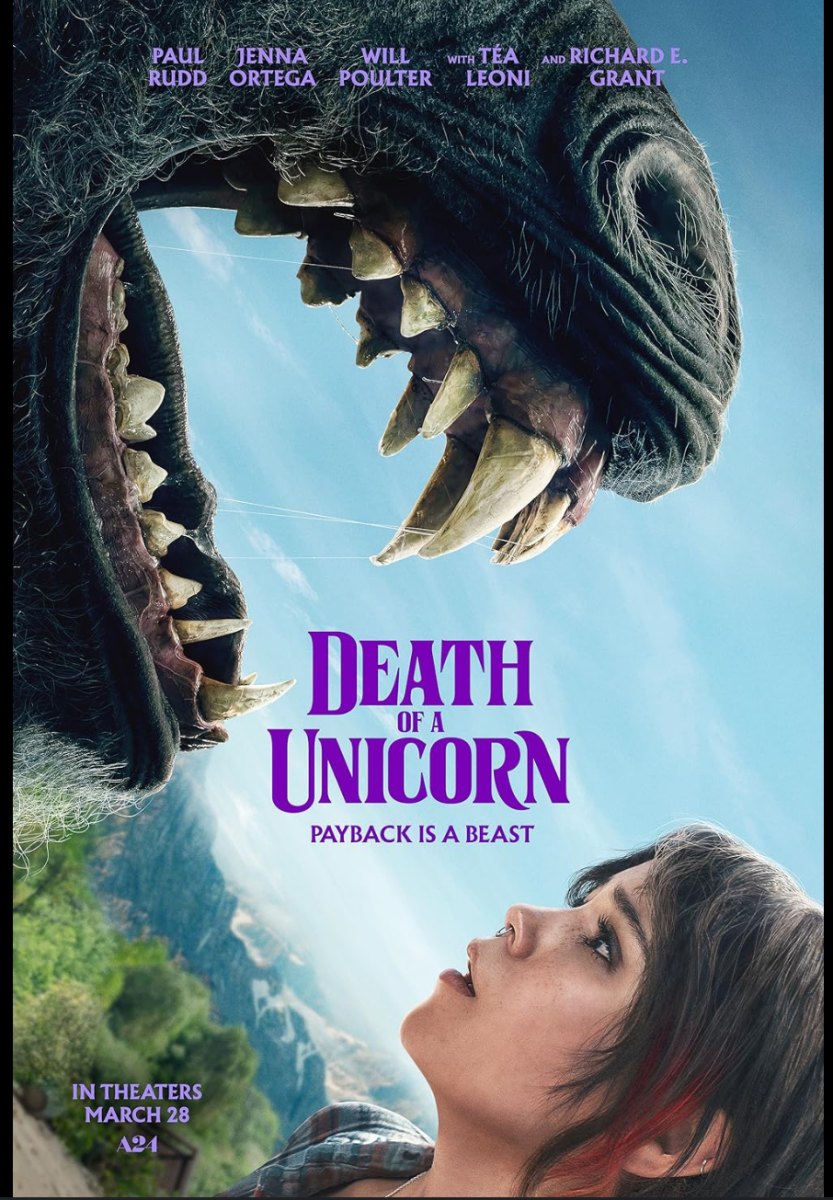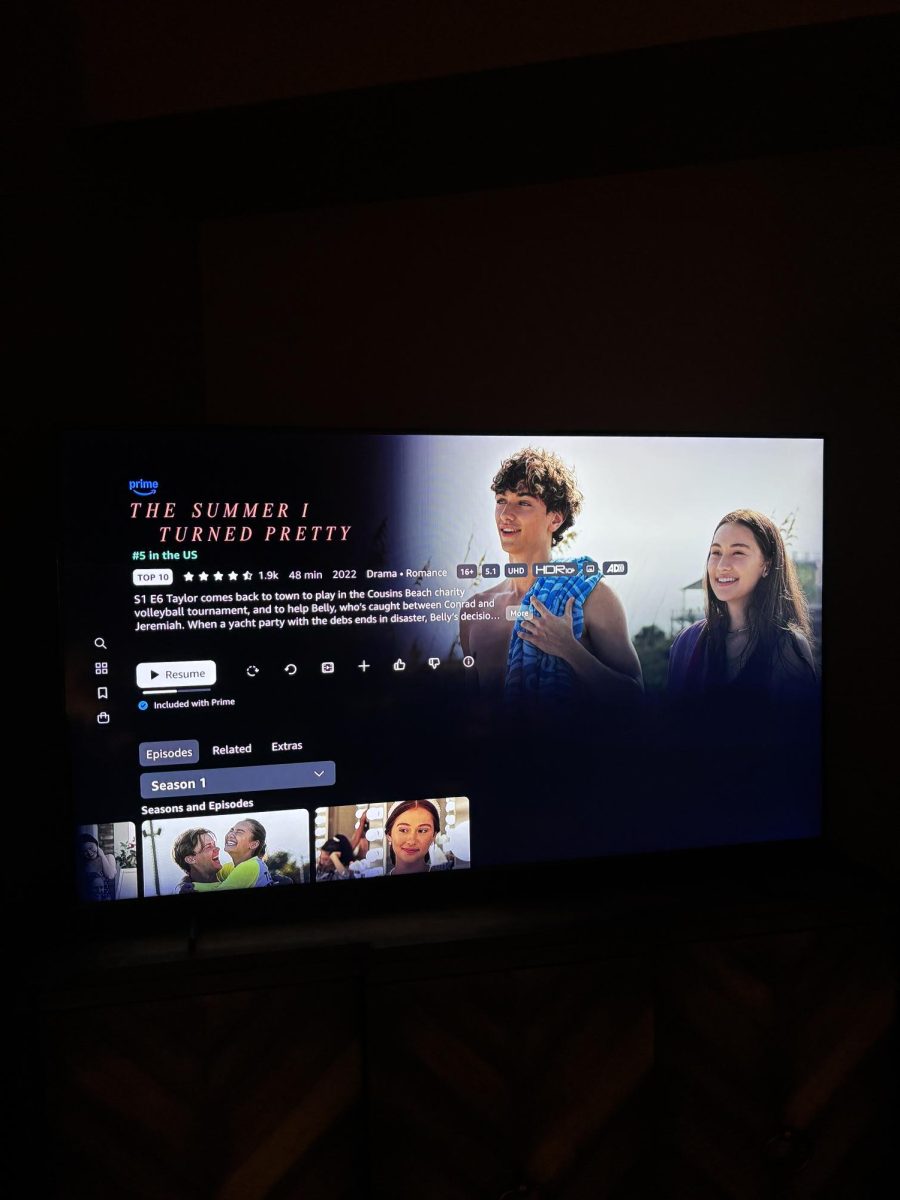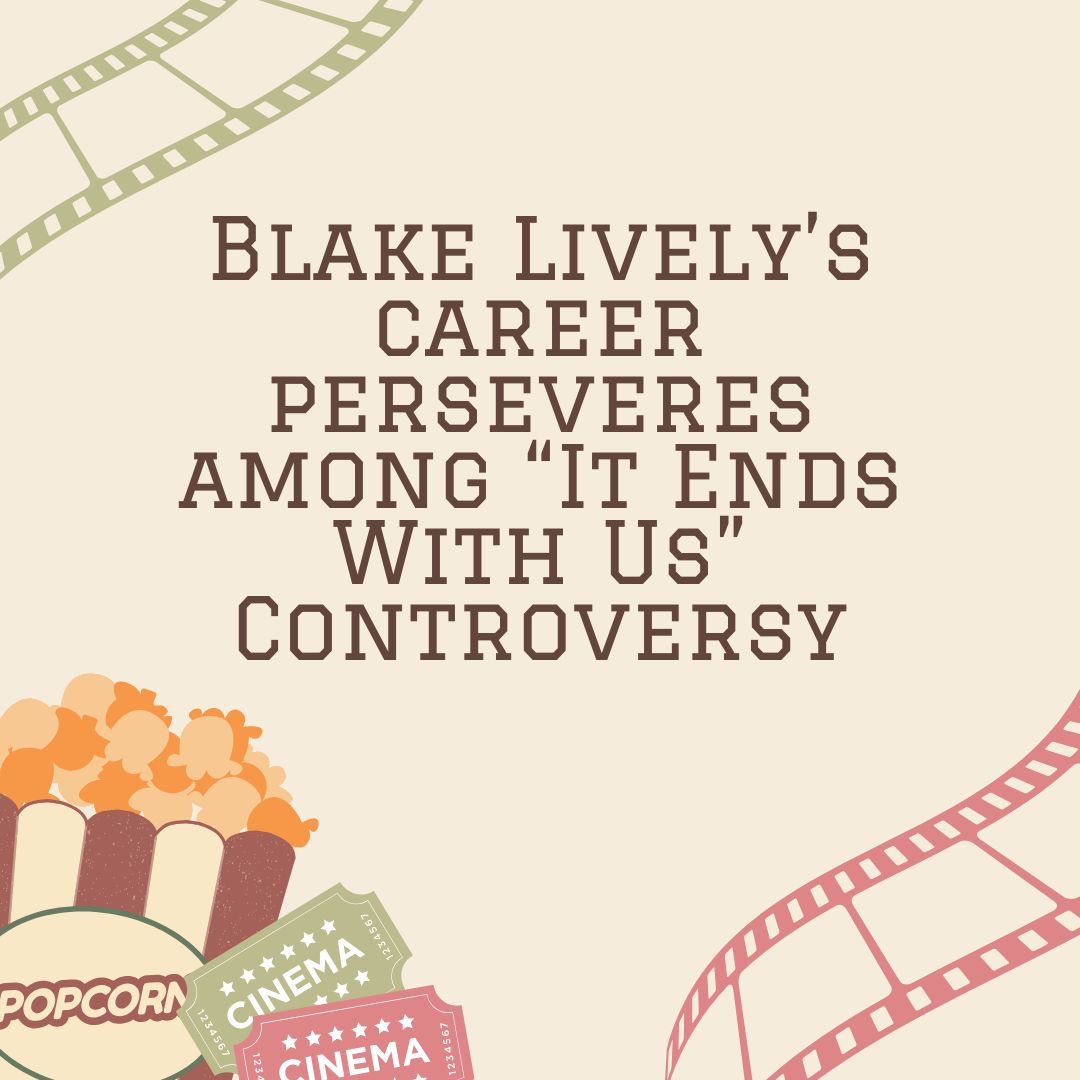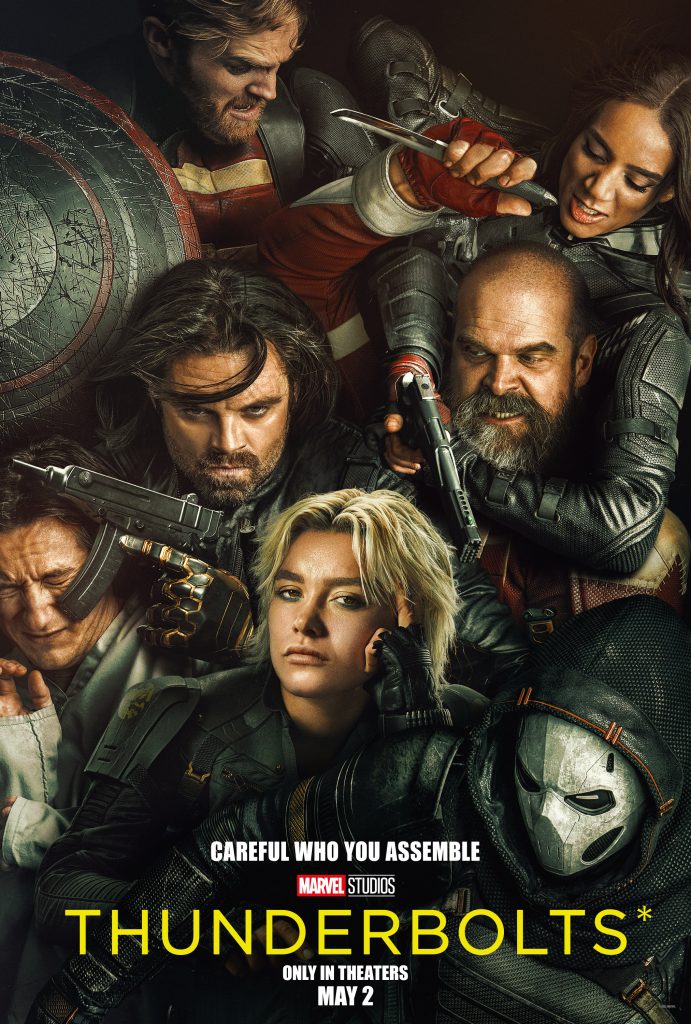Teen shows used to feature a quirky main character and depicted their life as they navigated high school, growth and life. As social media began to promote edgy and controversial content, though, teen shows have turned into a glorified pool of sexual content and substance abuse.
Shows in the late 2000s like “Gossip Girl” and “Pretty Little Liars” were early depictions of this switch toward edgy content. Both shows feature young, impressionable high school girls who enter into romantic relationships with adult men. Instead of condemning these relationships, the shows display them as examples of freedom and love, which is a twisted representation that insidiously ignores what is truly happening: grooming.
Even online, these inaccurate portrayals have been widely supported and praised. Viewers took to social media to express their belief that these relationships were romantic simply because they found the men attractive.
What does this tell the young girls watching the show?
For students like junior Quiniska Thompson, promoting these predatory relationships often has real-world consequences, “This often makes them [viewers] much easier to manipulate and take advantage of. I’ve seen scenarios of my peers who take pride in being able to enter relationships with older people. While it may seem appealing right now, later on in life the realization that you are being taken advantage of can have a serious toll on your development and mental health.”
This convoluted version of teen television was not always reality. Back in the 90s, teen shows revolved around students juggling school, romantic relationships and their families without glorifying pedophilic relationships. Shows like “Boy Meets World” did discuss family dynamics and unsafe relationships but used those conversations as a warning to children instead of a hook to pull viewers in.
Beyond just content, this switch can also be attributed to the rise in streaming platforms. “My shows were on network T.V. that had filters and requirements that networks legally had to follow. For example, ‘One Tree Hill’ and ‘Vampire Diaries’ still had mature content with teen dramas, however since it was on CW, they had to limit the amount and type of content included,” shared teacher Erin Klage. “Now you have your teen shows on streaming, which does not have to follow these filters so you get content that is way more mature than it should be for teens.”
Now, shows like “Euphoria” top the charts instead. Centered on the relationships of high school teenagers, “Euphoria” focuses on teenagers’ lives as they navigate drugs, crime and toxic relationships. Rather than focusing on the dangers, the show shares explicit sexual scenes, essentially sexualizing characters that are meant to be between ages 14-18.
Unfortunately, sex sells.
The show garnered 16.3 million views and male fans online flooded the internet to leave perverse comments on the female actresses in the show. By essentially equating teenagers to pornography, hypersexualized content skews viewers’ perspectives on what teenage girls actually look like. This fosters a harmful cycle where young teenage girls feel as though they need to change their appearance in order to fit the unrealistic, yet normalized, standards online.
Additionally, casting adult women as teenagers blurs the lines between adolescence and adulthood, “This sets unrealistic development standards for children that are going through very normal stages of development. Seeing adult women play teenagers on television makes it seem as though they are ‘missing’ something. In reality, at the age the actresses were playing in the show, they were ‘missing’ things too,” said Thompson.
These shows must stop encouraging unsafe and unrealistic content to these impressionable and young minds and as Thompson puts it, “Without the proper education that should come along with the depiction of these concepts, more often than not children believe that it is safe to participate in many of the things shown online.”


